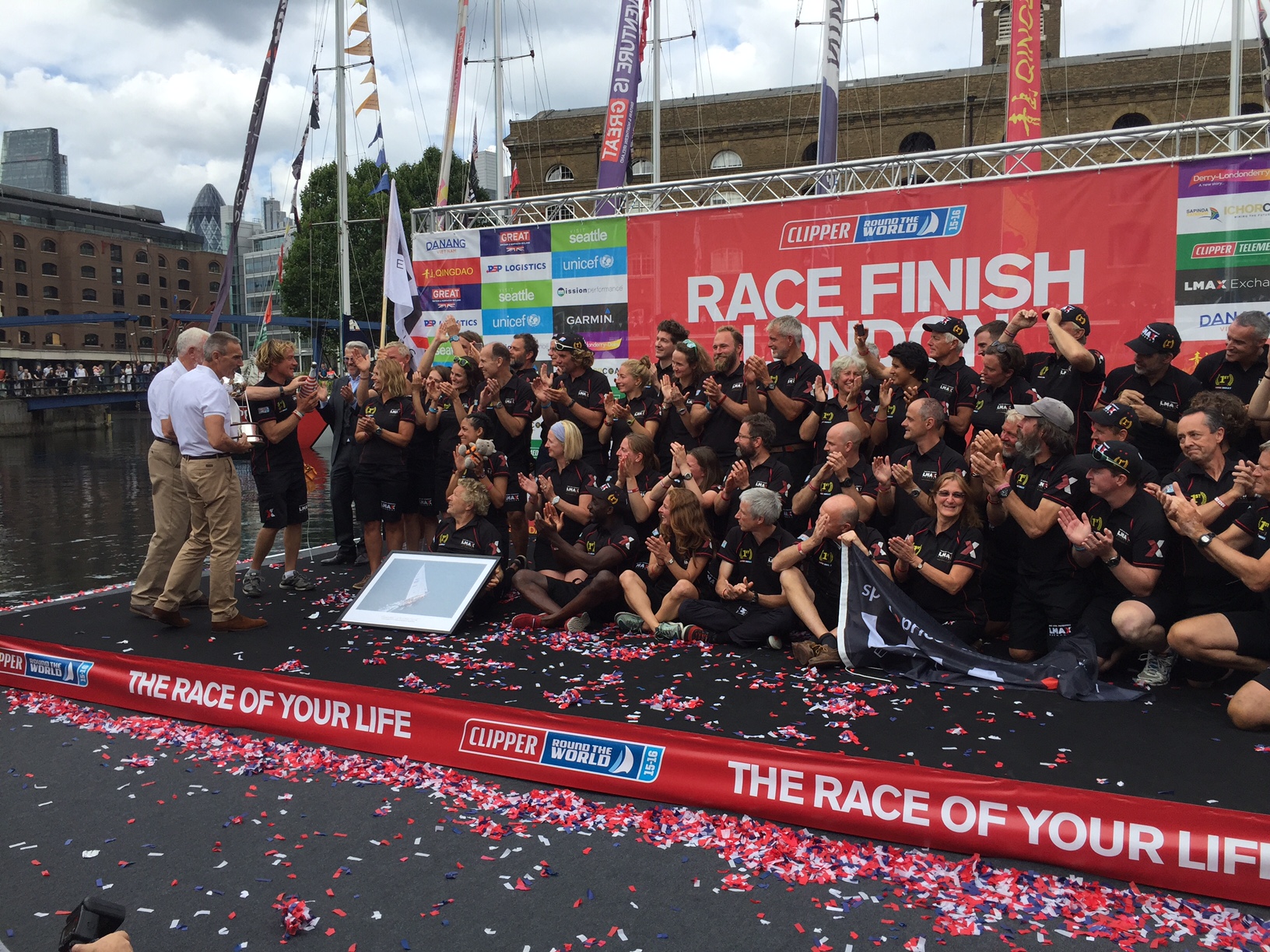The Marine Accident Investigation Branch (MAIB) has published its final report on the deaths of Andrew Ashman and Sarah Young during the Clipper Round The World Yacht Race 2015-2016
The MAIB has published its final report on the deaths of Andrew Ashman, 49, the paramedic from Kent who died during the Clipper Round The World Yacht Race 2015-16 when he was struck by the boom on board of the 70-foot CV21 ocean racer, IchorCoal during an accidental gybe in September 2015, and Sarah Young, 40, a company director who was swept off the boat by strong winds on the same yacht the following April. Young was not clipped to the boat.

Sarah Young. Photo courtesy of: ©onEdition
Whilst the investigation has found that both deaths were accidental, the MAIB has called for recommendations for extra safety.
The investigation highlighted the below safety issues:
- Effective supervision would have provided opportunities to prevent both accidents
- Danger zones need to be clearly marked on deck
- Given the uncertainty of successful man overboard search and recovery, particularly in atrocious weather, the need to clip on is paramount
- Skippers need to be effectively supported and, where appropriate, challenged to ensure safe working practices are maintained
The report states: “Clipper Ventures plc has been recommended (2017/107) to review and modify its onboard manning policy and shore-based management procedures so that Clipper yacht skippers are effectively supported, and where appropriate, challenged to ensure safe working practices are maintained continuously on board.
A recommendation (2017/108) has also been made to Clipper Ventures plc to complete its review of the risks associated with MOB and recovery, and its development of appropriate control measures to reduce those risks to as low as reasonably practicable.
A recommendation (2017/109) has been made to the Royal Yachting Association, World Sailing and British Marine, which is intended to encourage recreational and professional yachtsmen to consider carefully the type of rope used for specific tasks on board their vessels.
A recommendation has also been made to Marlow Ropes Ltd (2017/110), the rope manufacturer, aimed at improving the information provided to users on the loss of strength caused by splices, hitches or knots when using high modulus polyethylene rope.” it concludes.
The publication of the MAIB report has been welcomed by Clipper Race Founder and Chairman, Sir Robin Knox-Johnston, who comments: “The MAIB has an important role in ensuring that the valuable learnings from accidents are shared with the industry to help improve safety. These two fatalities, resulting from two very different incidents, were the first in our long history and are tragic, especially as they were caused primarily through momentary lapses in applying basic safety training.
“The report acknowledges that we have been proactive to mitigate the risks concerned even further. Safety has been our highest priority since the Clipper Race was established in 1996, amassing huge experience through ten biennial editions, 84 yacht circumnavigations (a cumulative four million nautical miles) with nearly 5000 crew undergoing extensive training. Manning arrangements and shore-based management have been developed to ensure skippers are adequately supported and these will continue to be regularly reviewed.
“We have developed our current manning levels and qualifications in conjunction with the MCA (Maritime and Coastguard Agency), operating to MCA standards as a minimum and often well in excess. We frequently implement and develop safety procedures where there is no actual requirement; they are under constant review as a matter of course and we will continue to do so in light of the report’s recommendations.”
Sir Robin Knox-Johnston adds: “We will continue our long established collaboration with the MCA and MAIB, to develop, test and improve safety standards, devices, methods and procedures, not only for the benefit of Clipper Race crew but also to pass on any lessons learned, during the toughest around-the-world race that is available to amateur crew, to the sailing community at large.”
Brother of dead Clipper sailor: “I would hate people to be discouraged from doing it”
The brother of Andrew Ashman, the first sailor to ever die in the Clipper Round the World Race, will be…
Clipper Round The World Yacht Race sailor Sarah Young buried at sea
Company owner Sarah Young, 40, lost her life during the race. She's the second British fatality of the Clipper Round…
Interim MAIB report: Clipper sailor, Andrew Ashman died as a result of an accidental gybe
Paramedic Andrew Ashman was the first fatality in the history of the Clipper Round the World Race. An interim MAIB…
LMAX Exchange is crowned winner of The Clipper Round the World Race 2015-2016
LMAX Exchange has been confirmed as the overall winner of The Clipper Round the World Race. Watch the interviews and…
Watch: And they’re off! Clipper Round the World Yacht Race leaves from Liverpool
The biggest ever edition of the Clipper Round the World Yacht Race got underway yesterday (20 August) on the River…







